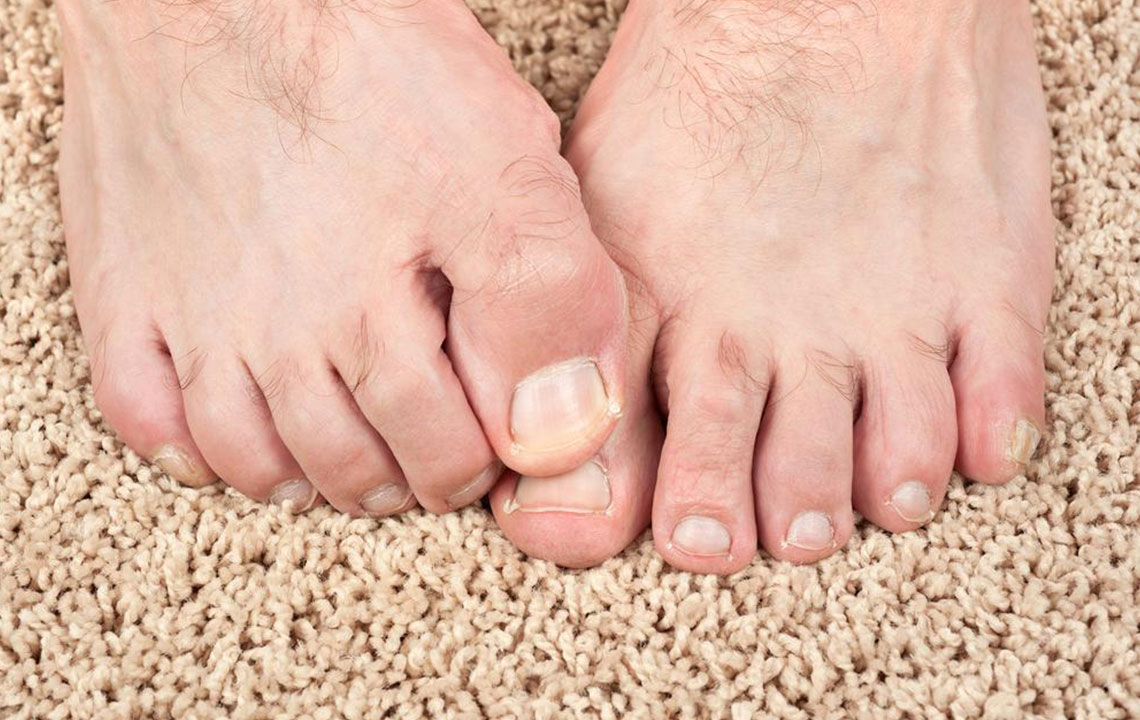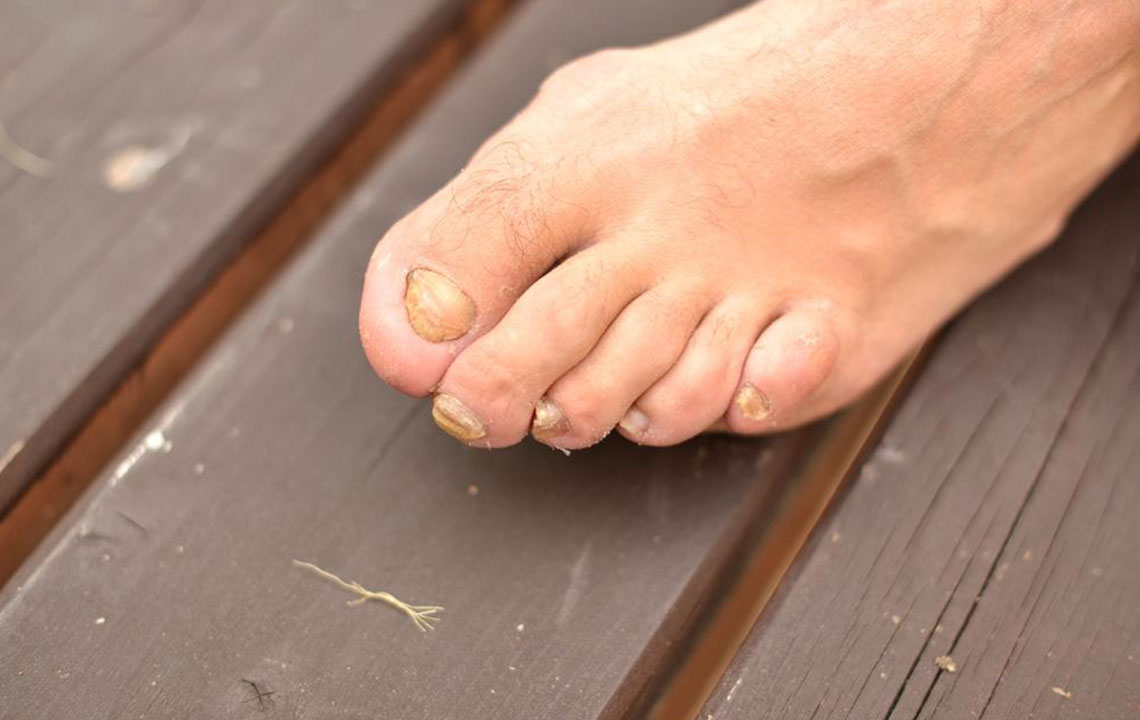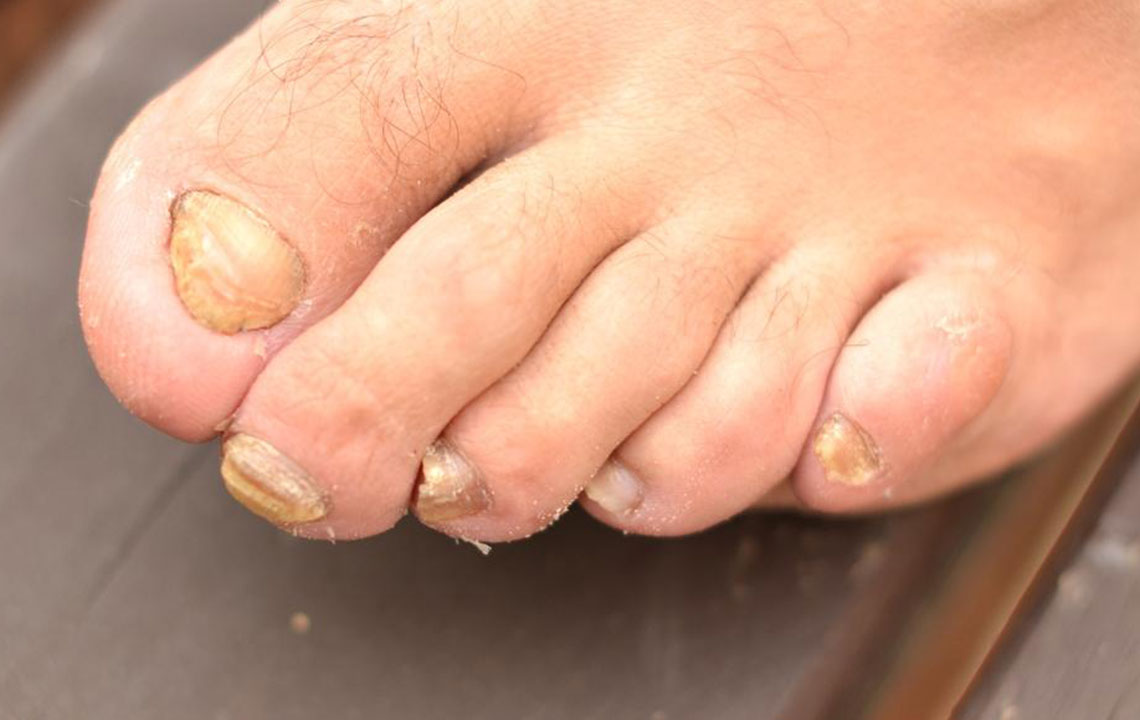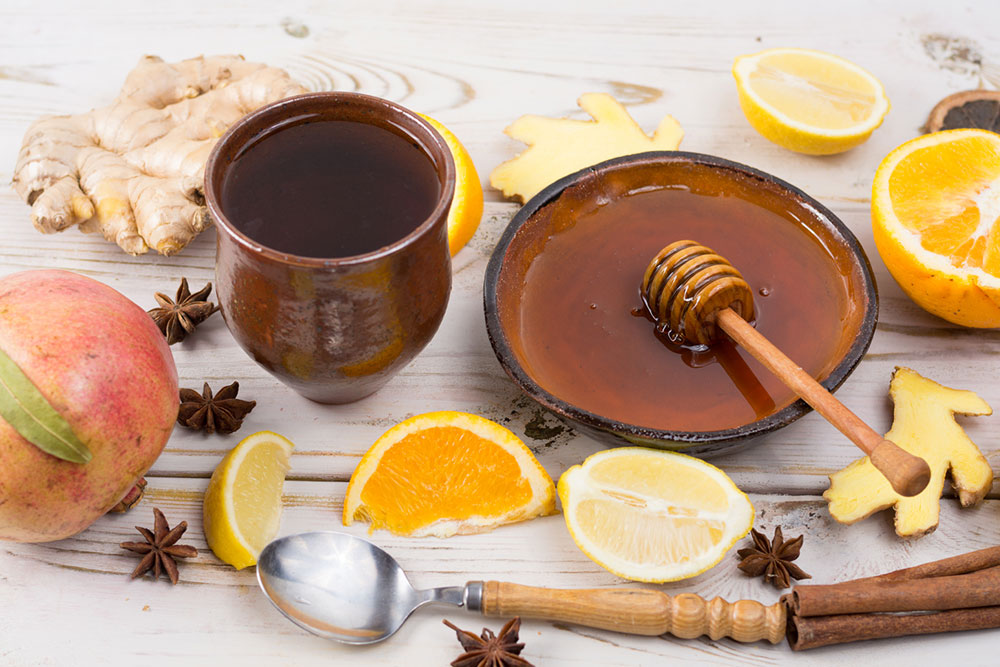Comprehensive Natural Strategies for Healing Toenail Fungal Infections
Discover comprehensive natural solutions for toenail fungal infections, including effective home remedies like tea tree oil, baking soda, apple cider vinegar, garlic, and lifestyle tips. These methods help combat fungi safely and promote healthy nails. Ideal for those seeking alternatives to pharmaceutical treatments, this guide encourages good foot hygiene and dietary habits to prevent recurrence and support nail healing effectively.

Effective Natural Approaches to Treat Toenail Fungal Infections
Toenail fungal infections, medically known as onychomycosis, are common conditions that affect many individuals worldwide. These infections occur when fungi invade the nails and surrounding skin, often resulting in thickened, discolored, and brittle nails. This condition becomes increasingly prevalent among seniors, whose skin around the nails tends to become dry, fragile, and more susceptible to cracks that allow fungi to penetrate more easily. Recognizing the signs and understanding natural remedial options can significantly improve recovery and prevent further complications.
Understanding the symptoms and factors contributing to toenail fungal infections is essential for effective management. Symptoms often include thickening of the nails or surrounding skin, a yellow or brown discoloration, persistent pain or discomfort, inflammation, and nails that become fragile, crumbly, or distorted in shape. Left untreated, these infections can lead to secondary bacterial infections and impair mobility, especially in older adults or those with compromised immune systems.
Common Causes and Risk Factors
To develop effective preventive and treatment strategies, one must first understand the factors that predispose individuals to toenail fungal infections. Common risk factors include poor personal hygiene, which allows fungi to thrive, weakened immune defenses that fail to combat fungal invasion, circulatory issues that impair delivery of immune cells to the extremities, and high moisture environments that provide ideal breeding grounds for fungi. Other contributing factors encompass wearing tight or non-breathable footwear, sharing footwear or walking barefoot in communal spaces like pools or gyms, and underlying health conditions such as diabetes or peripheral vascular disease.
Natural Home Remedies for Toenail Fungal Infections
While medical treatments like antifungal medications are available, many people seek natural remedies to avoid side effects and promote healing through safer, accessible methods. These natural approaches aim to combat fungal growth, reduce inflammation, and restore nail health. Here we explore some of the most effective and widely used natural remedies for toenail fungal infections.
Discover safe, natural remedies to tackle toenail fungal infections and restore healthy nails.
Tea Tree Oil
Tea tree oil, also known as Melaleuca oil, has long been recognized for its potent antifungal and antiseptic properties. It is considered a natural powerhouse in treating fungal infections, including those affecting toenails. Its active compounds can penetrate the affected nail and inhibit fungal growth, accelerating healing.
Application Tips:
Begin by thoroughly cleaning and drying the infected toenail and surrounding skin.
Use a clean cotton swab to apply a few drops of pure tea tree oil directly onto the infected area, ensuring complete coverage.
Allow the oil to sit for approximately 10 minutes, enabling it to penetrate deeply into the nail bed.
Repeat this process two to three times daily for optimal results.
Baking Soda
Baking soda (sodium bicarbonate) is renowned for its ability to neutralize foot odors and absorb excess moisture, creating an inhospitable environment for fungi. Regular use can help keep the affected area dry and discourage fungal proliferation.
Usage Methods:
Prepare a paste by mixing baking soda with a small amount of water until it reaches a thick consistency.
Apply the paste over the infected nail and surrounding skin, leaving it for about 10 minutes before rinsing off with clean water.
Alternatively, create a foot soak by dissolving two to three tablespoons of baking soda in a basin of warm water and soaking your feet for 15-20 minutes daily.
Cornmeal
Cornmeal contains a harmless fungus called fusarium, which competes with pathogenic fungi infecting the nails. Its antifungal properties can help control fungal growth over time when used consistently.
Application Instructions:
Mix about one cup of cornmeal into two liters of warm water to create a soak solution.
Submerge your feet in the solution, ensuring full coverage of the infected nails.
Saturate your feet for approximately 30 minutes, then dry thoroughly.
Apple Cider Vinegar
Apple cider vinegar (ACV) is well-known for its ability to balance skin pH, creating an unfriendly environment for fungi. Its natural acidity helps to eliminate fungal colonies while promoting healthier skin and nail tissues.
Usage Guidelines:
Mix equal parts of ACV and water in a basin for soaking.
Soak your affected toes for 30 minutes daily.
Ensure to dry the toenails thoroughly afterward to prevent moisture retention.
Antiseptic Mouthwash
Due to its antiseptic qualities, mouthwash serves as an effective topical remedy for toenail fungi. Its ability to reduce microbial load can facilitate infection control.
Application Method:
Combine equal parts of mouthwash and white vinegar in a small basin.
Soak the infected toenails for about 30 minutes, allowing the antiseptic to work.
Gently scrub the nails with a soft brush, then rinse and dry thoroughly.
Repeat twice daily for ongoing fungal control.
Lavender Essential Oil
Lavender oil offers natural antiseptic and antifungal properties, reducing irritation and fighting fungal invasion on the skin and nails. It is gentle enough for regular application and promotes healing.
Usage Procedure:
Dip a cotton ball in high-quality lavender essential oil.
Apply directly to the affected nail and surrounding area.
Allow the oil to sit for 10-20 minutes, then rinse with warm water.
Repeat 2-3 times daily for best results.
Garlic
Rich in antifungal compounds such as allicin, garlic has been used for centuries to combat fungal infections. Crushing fresh garlic and applying it to the infected area delivers potent antifungal properties that help eliminate fungi.
Application Steps:
Crush a few cloves of fresh garlic to extract its juice or create a paste.
Mix the garlic with white vinegar for enhanced efficacy.
Apply the mixture directly onto the affected toenail.
Cover with a bandage and leave for a few hours.
Repeat this process daily until signs of infection fade.
Supporting Lifestyle and Dietary Adjustments
Maintaining overall health and a balanced diet plays a crucial role in preventing and fighting toenail fungal infections. Incorporate immune-boosting foods such as probiotic-rich yogurt, fresh fruits, vegetables, lean proteins, and omega-3 fatty acids to enhance your body’s natural defenses. Consuming adequate iron and vitamins supports nail structure and regeneration, making nails more resistant to fungal invasion.
Additionally, practicing good foot hygiene—keeping feet clean and dry, wearing breathable footwear, and avoiding walking barefoot in communal areas—can dramatically reduce infection risks.
Important Precautions and When to Seek Medical Help
Natural remedies are effective for many uncomplicated cases, but persistent or severe infections require professional evaluation. People with diabetes, compromised immunity, or peripheral vascular disease should consult healthcare providers promptly. If symptoms worsen despite home treatment or if there are signs of discomfort, spreading infection, or secondary bacterial involvement, seeking medical intervention is essential for safe and effective management.
Combining natural remedies with good hygiene practices and dietary improvements can offer a holistic approach to treating toenail fungal infections, restoring nail health, and preventing future occurrences.





